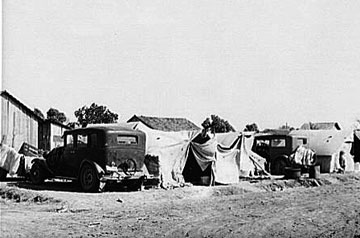 |
|
Many Mexicans came to the United States seeking work and not U.S. citizenship. “They came por sólo un poquito tiempo (for only a little while).” 1 Nearing the end of the Mexican Revolution of 1910, many Mexicans gained a new focus geared towards the United States in hopes to begin something new in their lives which would include: job assurance and a safe place for their families to live. In fact, between 1899 and 1928, the 1930 U.S. calculated approximately 1,422,533 Mexican Nationals and Mexican Americans lived in the U.S.1 However, their arrival to the United States was less than appreciated.
After the creation of the Bureau of Immigration (1906), Congress enacted the Immigration Act of 1924 that established strict immigration quotas that did not include the western hemisphere although some border patrol was established. The Immigration Act of 1924 strictly applied to Mexican labor when it exceeded the seasonal demand and was carried out by raids in the workplace. The raids usually took place before payday and were sometimes requested by the employers. As a result, a new fear and distrust of local law-enforcement arose in Mexican communities.
The scarcity of good farmland in Mexico was also a major contributing factor for emigration as well as the presence of American economic interest in Mexico which attracted many Mexican workers to the U.S. The government of the dictator Porfirio Díaz expanded land monopoly, controlled by a few rich agriculturalists. Families were self-sustained by family farms which generally didn’t allow for children to attend school due to the demands of owning a farm. Although some children worked in the fields with their parents in the U.S., there was still a better chance of obtaining an education in the U.S. rather than Mexico. The entrance of foreign business in the mining and textile industries were yet more economic factors that contributed to low wages and the declining standard of living. A recruitment bill by the Ford Motor Company enticed many Mexicans to relocate to Detroit, MI because promises of steady work and wages in the automotive industry were made. The sugar-beet industry in Michigan also proved worthwhile for Mexicans and the industry. Their labor became detrimental to the industry. In Chicago, Ill., Mexicans were not only working in the railroad industry but also in many meat-packing plants, machine shops, steel mills, and on the assembly lines.3 Efforts to restrict Mexican immigration in Texas took place through proposals of local bills, but the U.S. realized that American businesses would benefit through maintaining steady relationships within this region. 4
Return to History Page |

